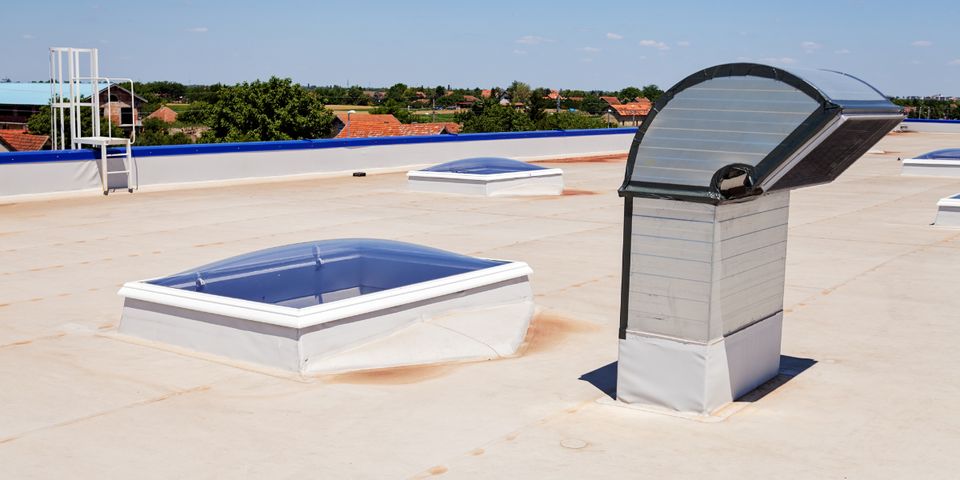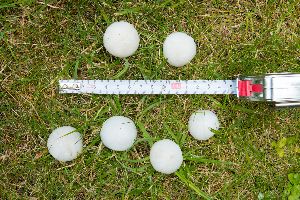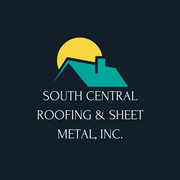What Should You Know About Commercial Roofing System Hail Damage and Repairs?

Protecting your commercial roofing system from the elements is a top priority for all business owners. Part of your routine should include mitigating damage from hail. These frozen balls of rain can inflict fairly extensive damage, even if the pellets are small. However, there are steps you can take to help your EPDM or TPO roofing system last in the face of a storm. Use this guide to learn more about how hailstones harm roofs and what the repair and preventative maintenance processes involve.
The Effects of Hail
Hailstones of all sizes fall at incredible speeds. For example, a marble-sized piece falls at about 20 miles an hour, while a baseball-sized stone falls at 100 miles an hour or more. Hail can subsequently leave cracks, dents, divots, and punctures on your commercial roof, and it can also leave behind scuffs and scrapes from the balls skidding across the material. Stretched or deformed sections of the EPDM or TPO roofing membrane are the most susceptible to tears and other hail damage because the product is weaker.

If hail damage is not addressed, rainwater can easily infiltrate the system, which can result in leaks, wood rot, and mold growth. Rotting, mold-compromised wooden roof rafters undermine the system’s structural stability. Mold breaks down lumber, among other organic materials, while rot makes wood spongy and soft.
Common Repairs and Protection Tips
Following a hail storm, have a roofing contractor inspect your commercial roof for damage, including small cracks and tears that are not immediately visible. Timely patching of punctures and tears prevents leaks and related problems, though you’ll want to photograph the damage for insurance purposes first. Small dents in the membrane generally do not cause problems, but you should still monitor them. Multiple dimples in various sections of the roof can collect water that weighs on the system and increases the risk of material tearing and resulting in leaks.
Flexible EPDM and TPO roofing materials resist small hail stones, such as those that are about 2.5 inches in diameter, but the products can still sustain cracks and punctures—especially if the covering is older and already brittle. While you cannot control when it hails, you can keep up with the weather forecast and inspect your roof prior to storms. Promptly repair holes, cracks, or tears before big weather events to fortify the system. If your commercial roof features skylights, purchase protective hail covers.
Work with the team at South Central Roofing & Sheet Metal in Lebanon, KY, to keep your commercial roofing system in excellent condition. They offer a wide variety of commercial and industrial roofing services, including EPDM, PVC, and TPO roofing, to customers throughout Marion County. They have worked with clients like Kroger®, Walmart®, and Lowes®, giving them a solid reputation among area business owners. Call (270) 692-6080 to receive an estimate, or learn more about their services online.
About the Business
(1 reviews)
Have a question? Ask the experts!
Send your question

